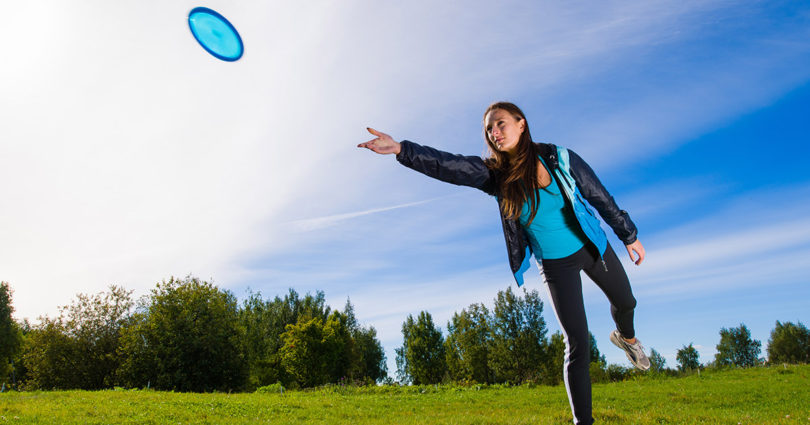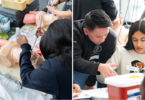We may not realize it but many of us are like “weekend warriors” of fitness. We’re busy all week with work and family and friends which leads each of us to cram the recommended 150 minutes a week of physical activity into our weekend.
As the warmer weather arrives that weekend workout might be a recreational league game of volleyball, softball, soccer, basketball or ultimate Frisbee.
While some exercise is better than none at all, intense periods of physical activity can increase the risk of bone and joint injury. “Someone doing recreational or weekend athletics is more prone to acute injury, and they don’t heal from wear and tear injuries as quickly,” says Dr. David Wasserstein, an orthopaedic surgeon of the Holland Musculoskeletal Program, who specializes in lower extremity injuries.
Even if you’re busy with other responsibilities, don’t just show up to a game, he advises. This type of physical activity calls for a skill set of sport-specific manoeuvres combined with improvisational moves. Take the time and at your own pace to get your body ready for the game. This will improve your ability to respond to the spontaneity of play and help reduce the risk of injury.
Build strength and endurance
Moderate weight-bearing exercises help build muscle mass, and good muscle mass supports bone. Improving cardiovascular fitness can also help you make the most of your shift during a game.
Mimic play and avoid those ‘shouldn’t have’ moves
Practice drills, like dribbling skills for basketball or play a mock game of soccer in the park with family and friends. Try stretches and core strengthening exercises to increase your flexibility. During the game, our competitive spirit often kicks in, says Dr. Wasserstein, and it’s good to train our bodies to be responsive, but not to over-extend. For example, charging forward suddenly, running or jumping can cause the hamstring tendons (at the back of the thigh) or muscles to tear.
Though most of us don’t play at the professional level (and run a higher risk of serious injury), Dr. Wasserstein often sees patients with injuries such as patellar tendon tears, related to recreational sports. The patellar tendon is a strong fibrous tissue attached to the patella or kneecap. It works with muscles in the front of the thigh to straighten the leg. Small tears of the tendon can make it difficult to walk and participate in other activities. A large tear of the patellar tendon is a disabling injury that can take six to nine months of recovery.
Vertical jumps and the importance of landing well
What goes up must come down. When playing sports that involve vertical jumps it’s important to practice a balanced landing, gently on the balls of both feet. Landing badly is just that. In serious cases, it can result in injury such as an ACL (anterior cruciate ligament) tear. Ligaments are short bands of tough but flexible tissue that hold together a joint, or connect bones or cartilage. The anterior cruciate ligament is one of the main ligaments in the knee that connects the thighbone (femur) and shinbone (tibia), or knee joint, and helps with the knee’s back and forth motion and with stability especially in certain sports.
To build skills to help with landing well, try low-intensity plyometric or ‘jump training’ exercises. Muscles that support jumping movements include muscles in the thighs (the hamstring group of muscles and tendons, adductor muscles, and abductor muscles or gluteus muscles), and muscles in the feet and ankles, so strengthening these areas will also go a long way.








